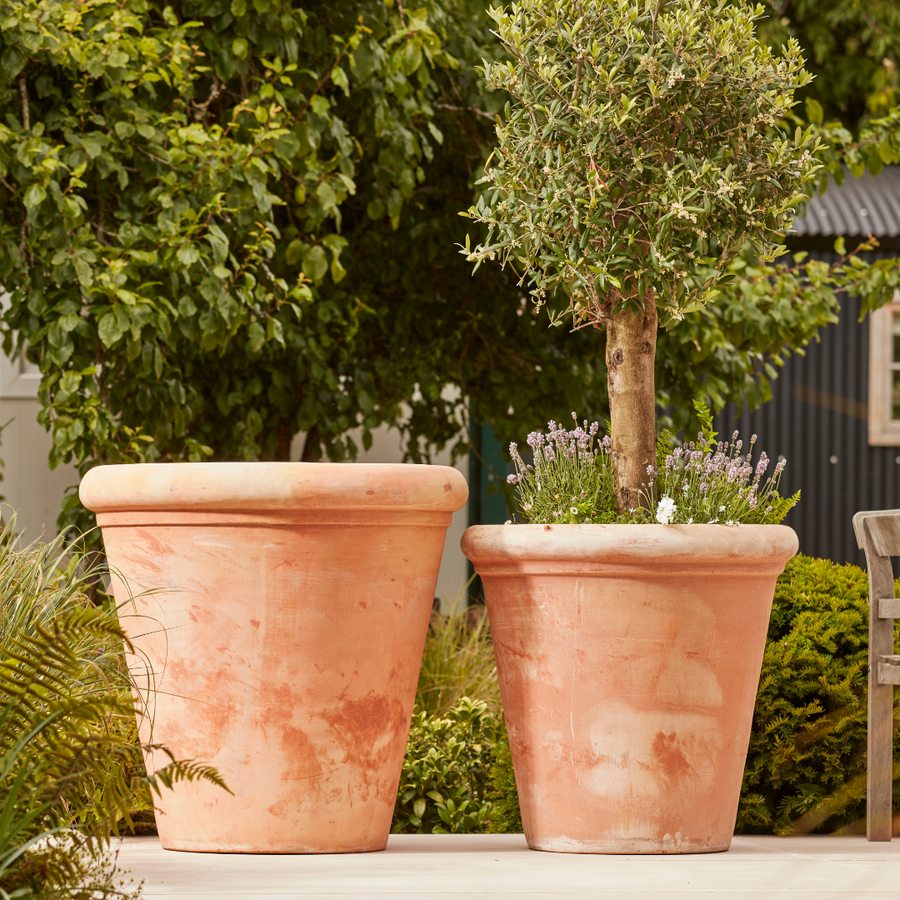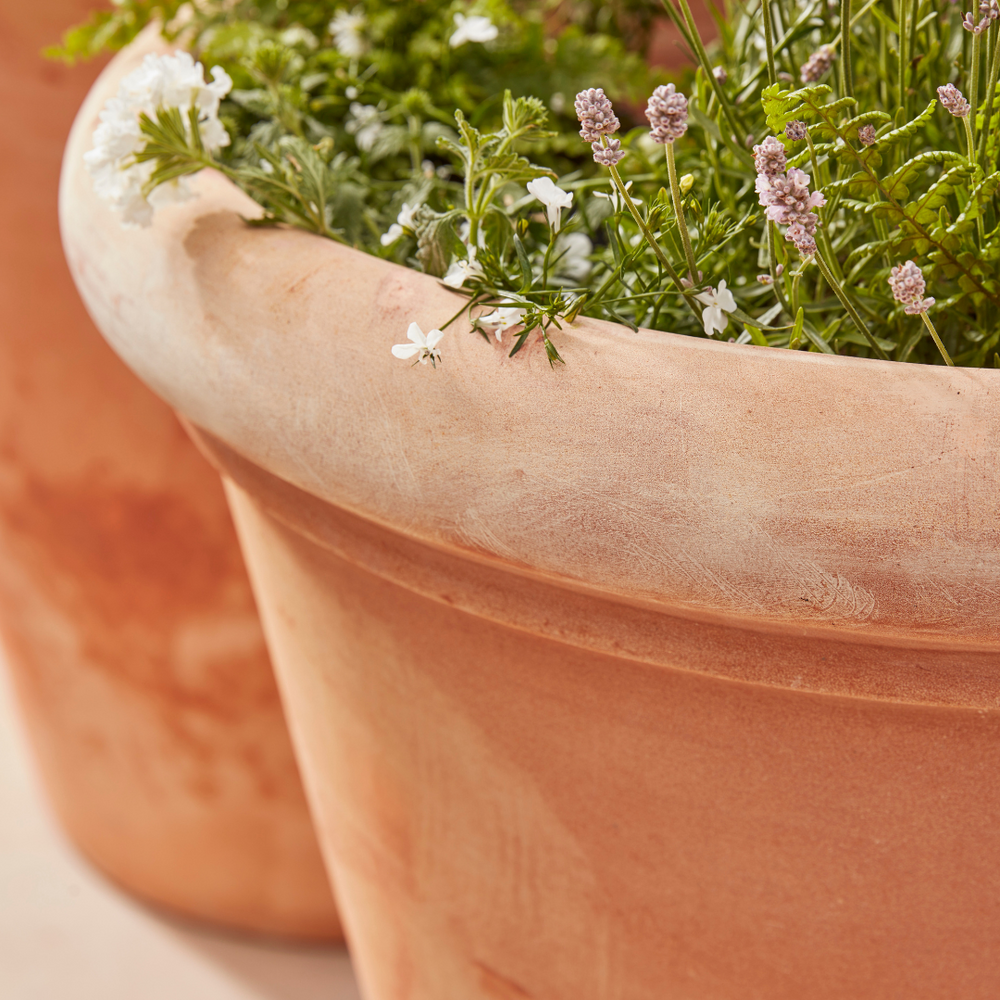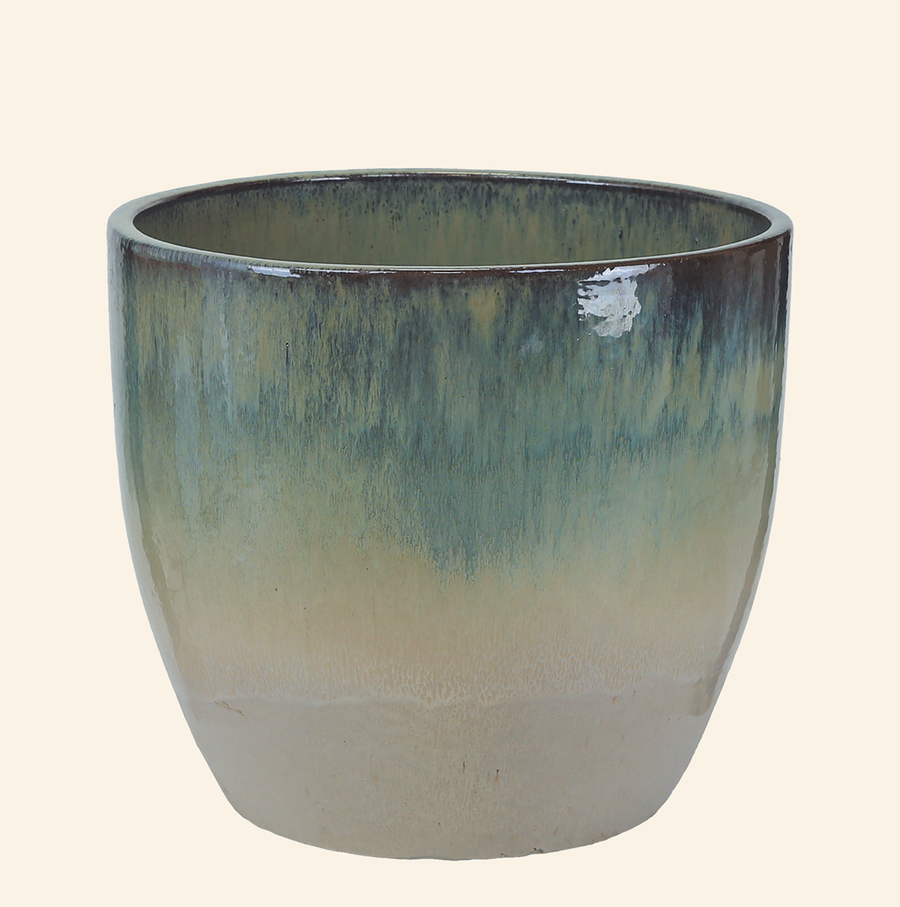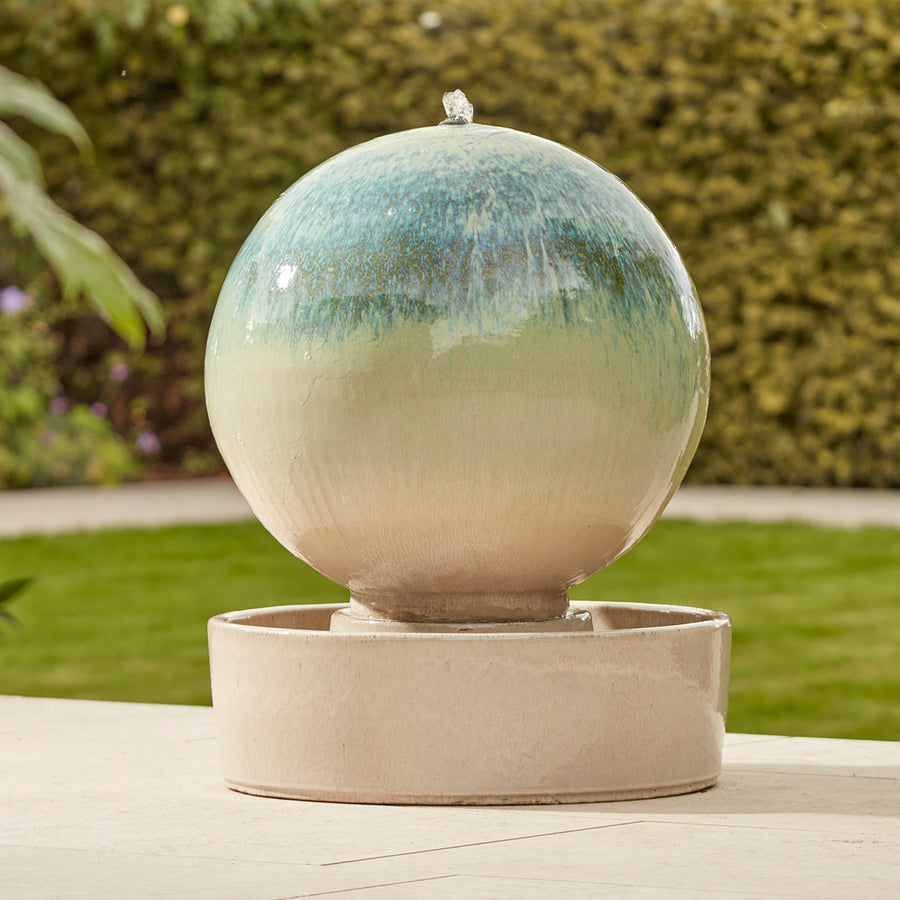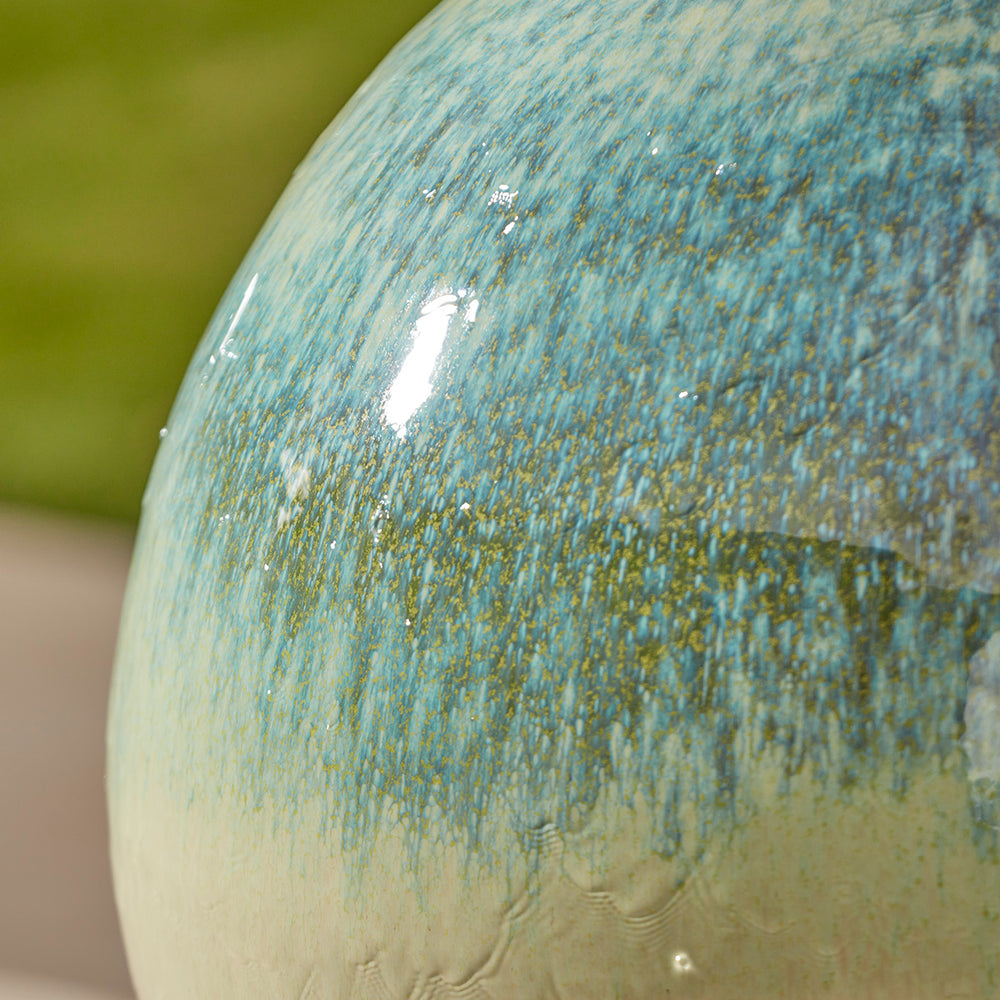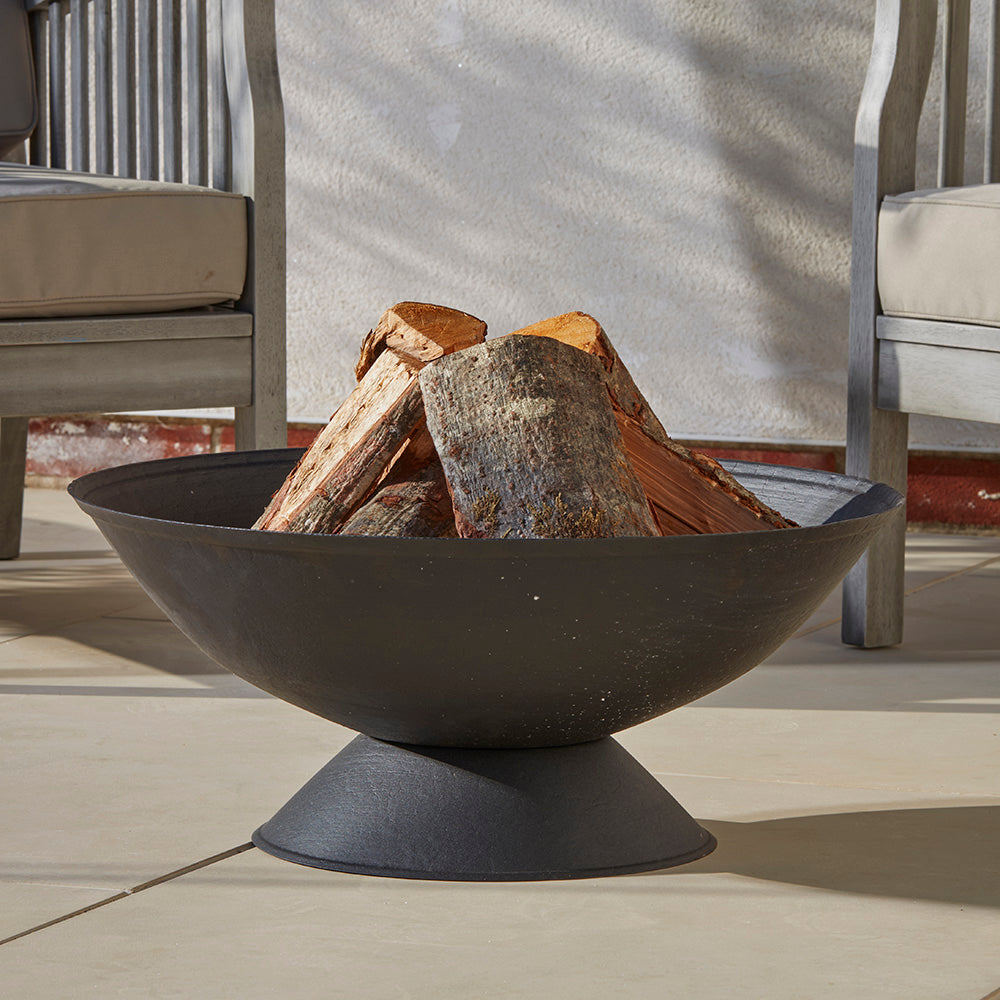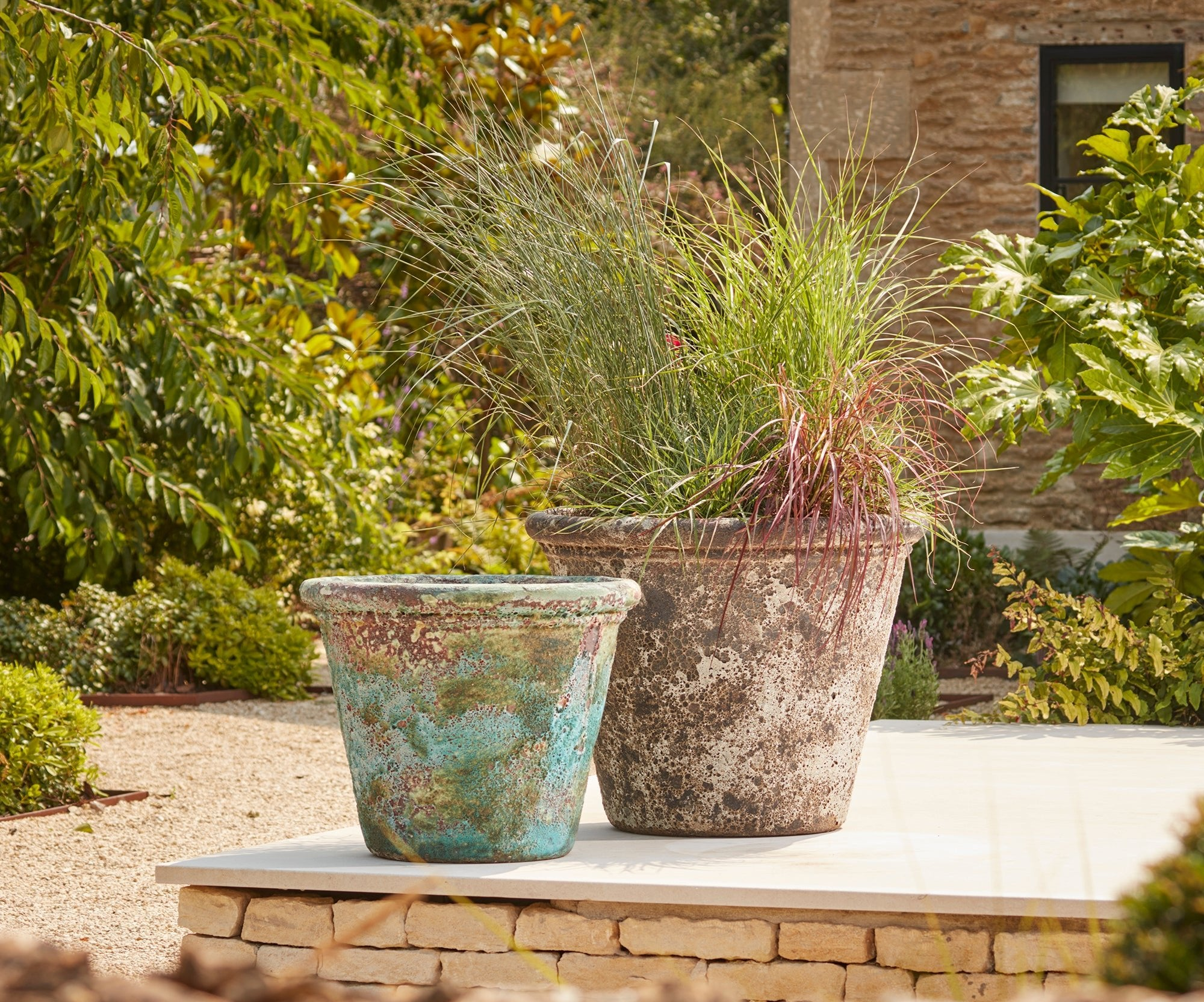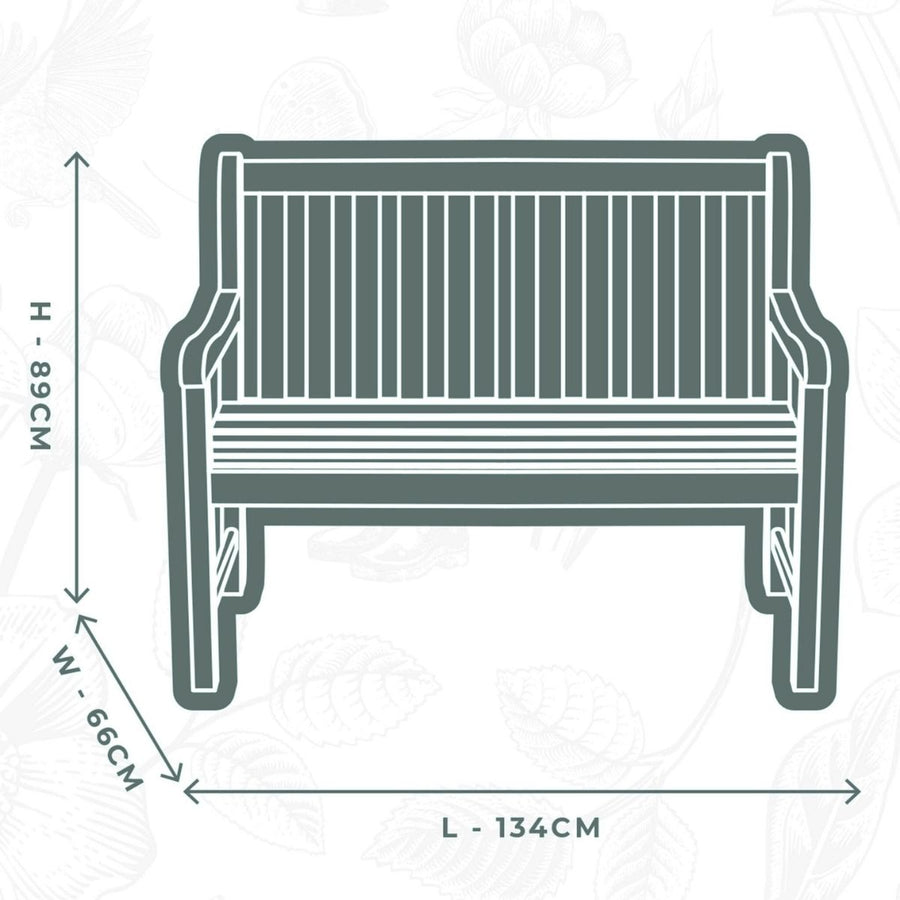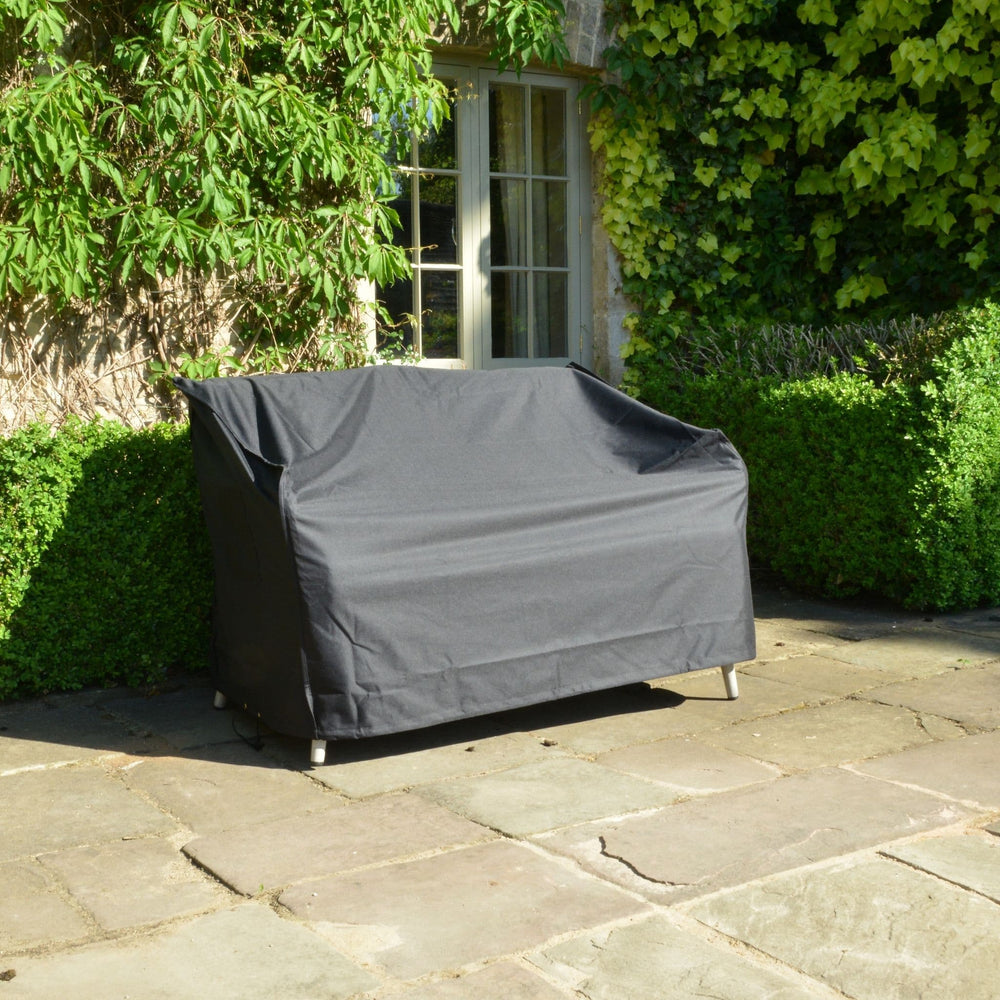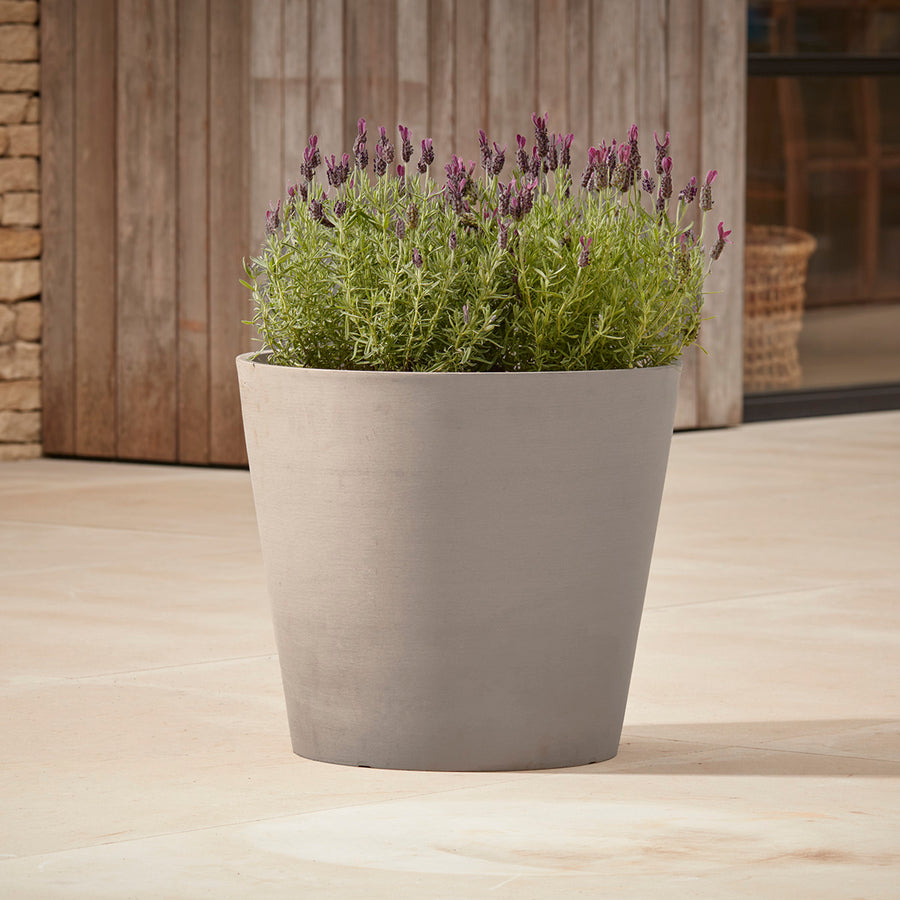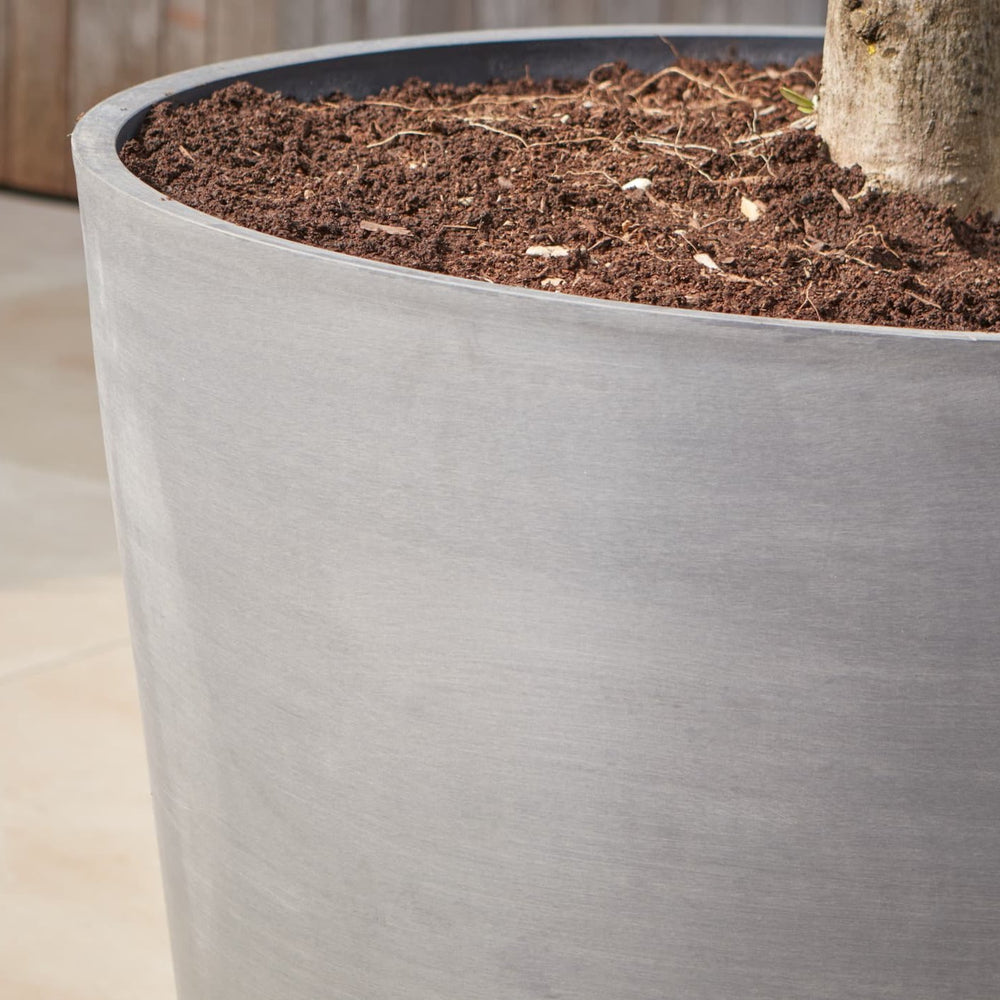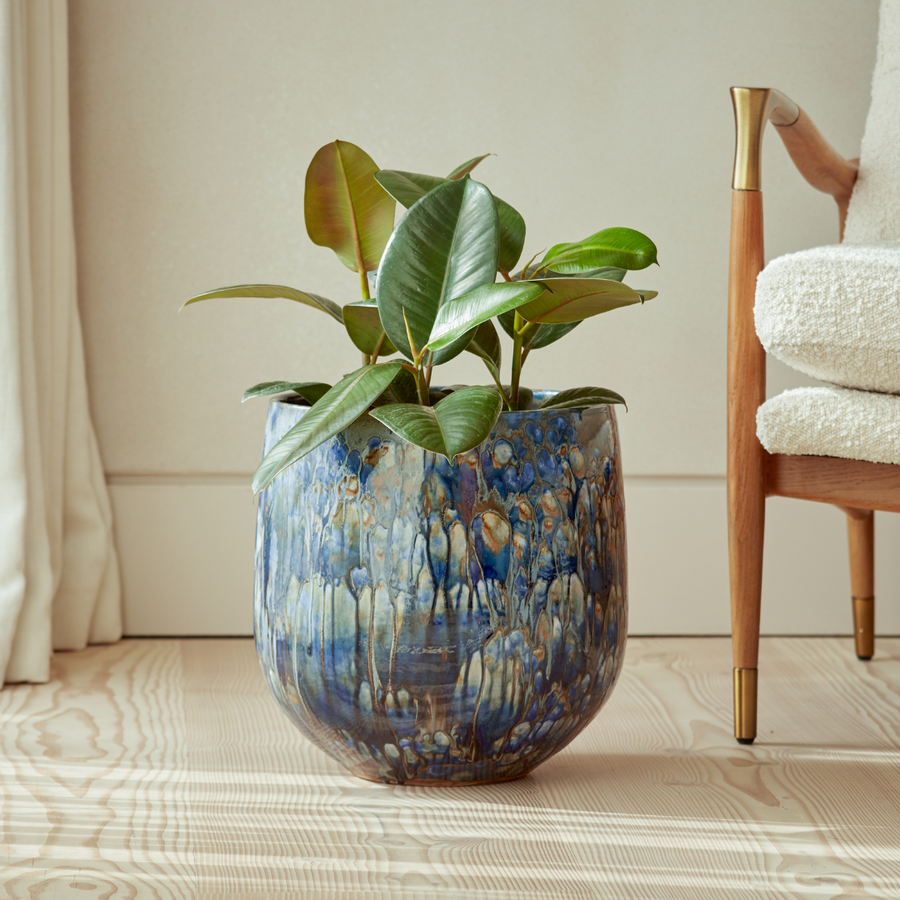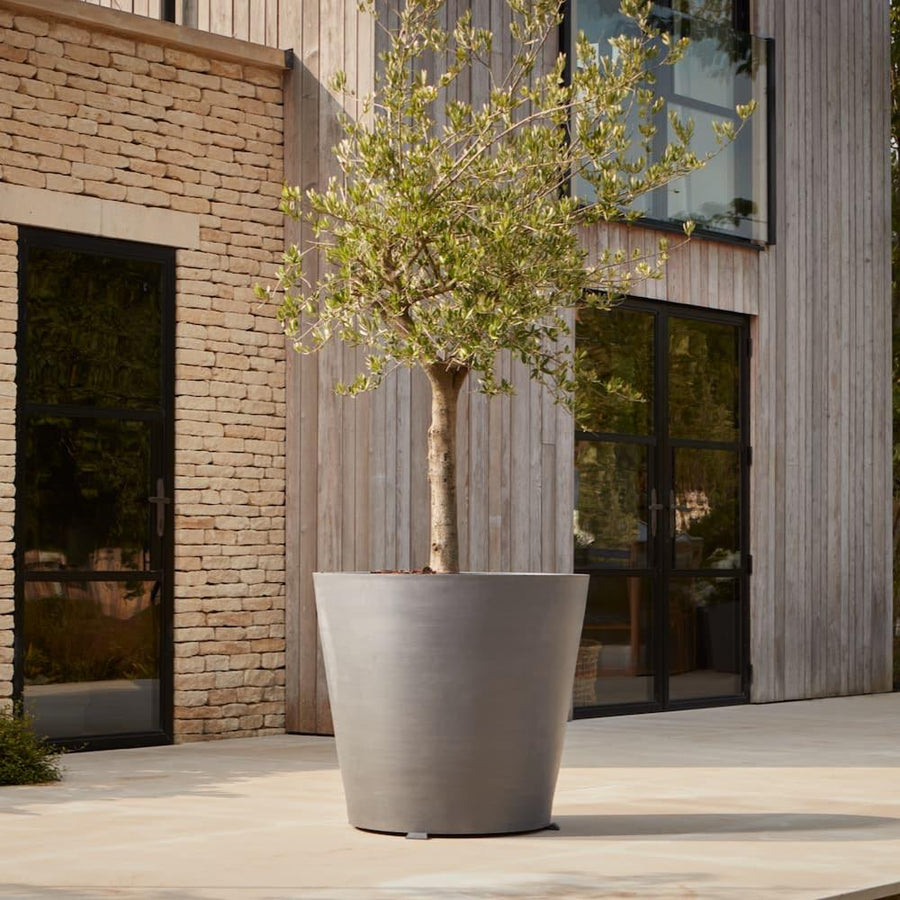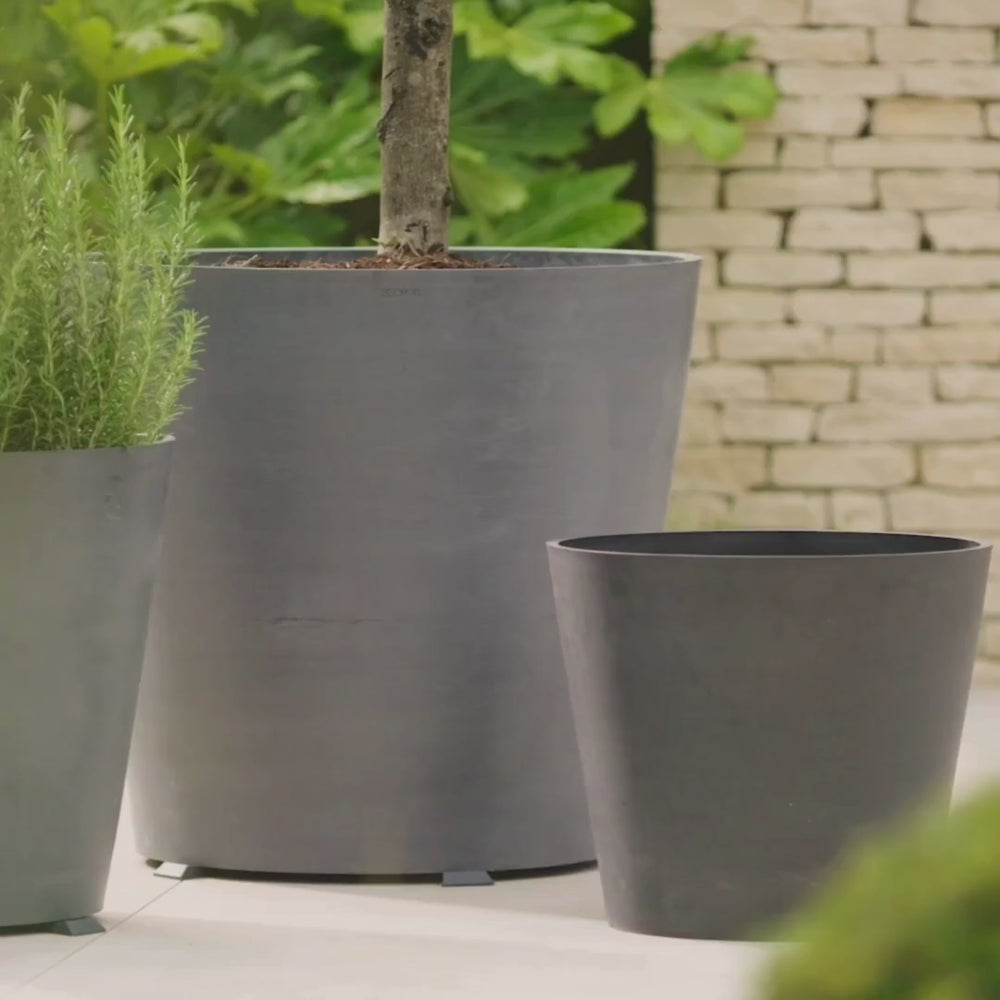Your garden, your home
A garden isn’t just a space, it’s an extension of your home. A place for quiet morning coffees, long summer evenings, and moments of calm between the busyness of life.
At Gardenesque, we believe in creating timeless, beautifully crafted pieces that help you shape your outdoor space with ease. This passion for enduring design started with our founder, Ali. A keen traveller with an eye for detail, Ali has worked closely with artisans around the world to bring together timeless pieces, fitting beautifully into modern outdoor spaces.
Our collections celebrate traditional craftsmanship, from hand-thrown terracotta pots made in Tuscany to classic garden furniture built to last through the seasons. With a focus on durability, sustainability, and thoughtful design, every piece is made to be enjoyed year after year—weatherproof, low-maintenance, and effortlessly stylish.
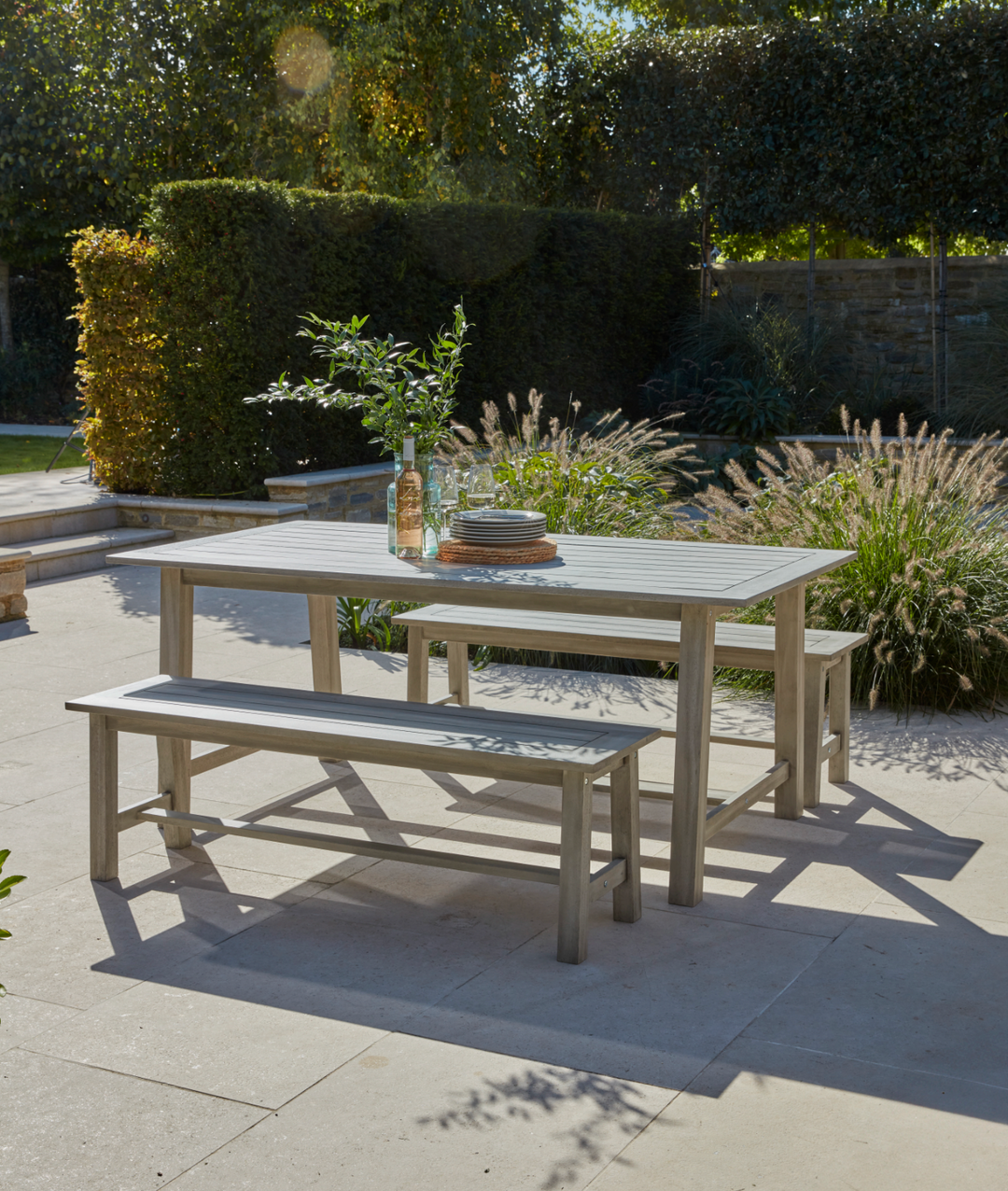
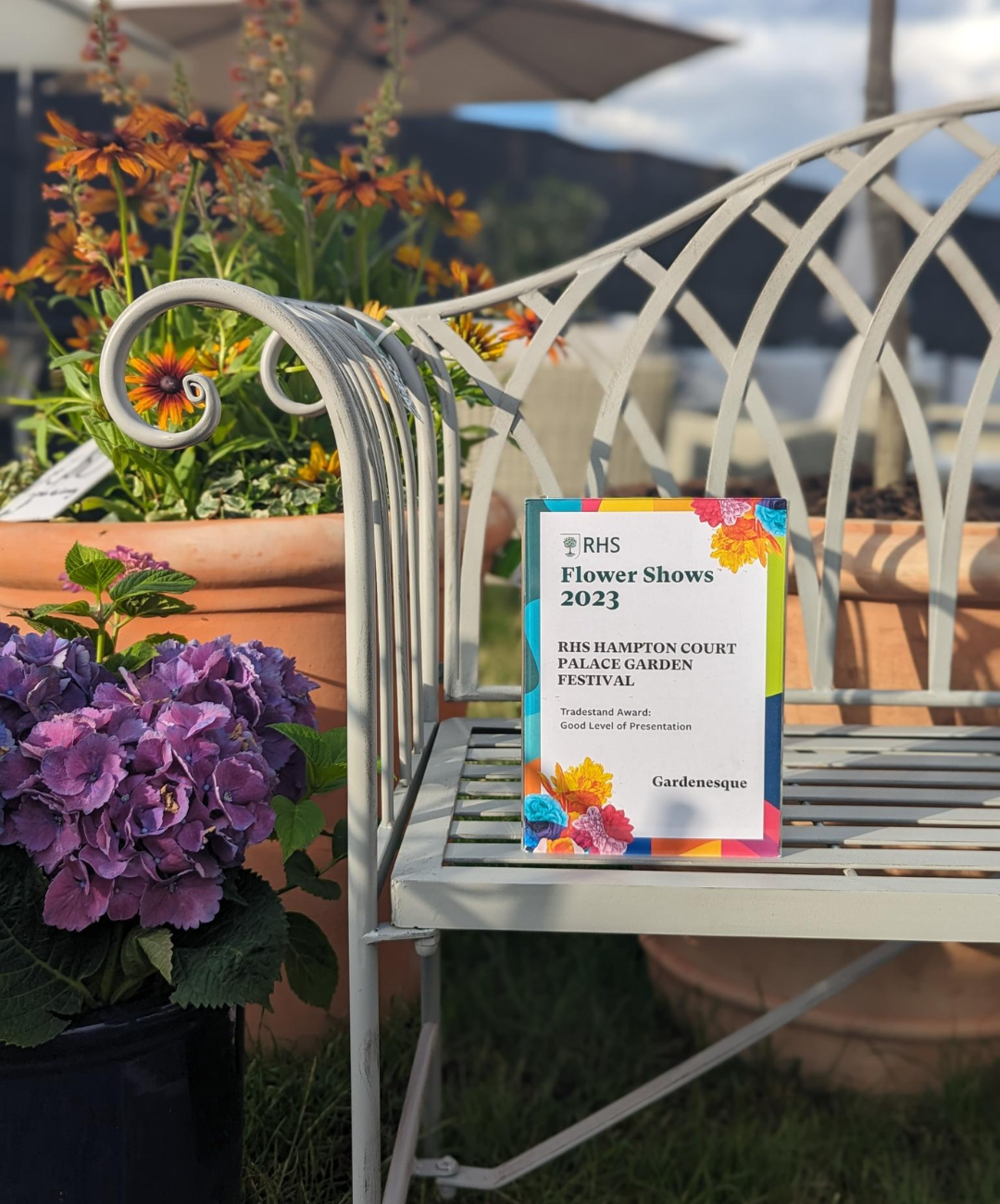
Proudly British, here to help
Inspired by our home in the Cotswolds, we take cues from classic British gardens. Spaces that feel natural, elegant, and made for living in. Gardenesque was founded with this in mind, born from a passion for outdoor spaces that feel like an extension of the home. When our founder, Ali, was renovating her first home, she found that while interiors had endless inspiration, gardens often lacked the same consideration. Determined to change that, she sought out skilled craftsmen, landscapers, and factories worldwide to curate timeless, high-quality designs built to last.
As a UK-based, independent business, we take pride in offering personal service, with our dedicated customer care team on hand to help. We also work with trusted UK couriers to ensure your pieces arrive safely and swiftly, ready to be enjoyed in your home. Whether you’re looking for inspiration, timeless designs, or expert tips to bring your garden to life, we’re here to help. Consider this your space to grow.
Designed with care
Our collections are inspired by the craftsmanship and traditions we’ve discovered on our travels. From hand-thrown Portuguese ceramics to Italian terracotta crafted using centuries-old techniques, we seek out the finest materials and expertise from across Europe.
We also embrace innovation, working with European-designed eco plastics that blend sustainability with timeless style. By drawing on these rich traditions and bringing them to the UK, we ensure our customers can enjoy pieces that are not only beautifully made but carry a story of craftsmanship, heritage, and thoughtful design.


Giving back
This year, we’re donating £5 to National Garden Scheme for every customer product or trustpilot review with us. The National Garden Scheme gives visitors unique access to over 3,500 exceptional private gardens across the UK, raising money for health charities and community projects that our close to our hearts.

Weather resistant
Our pieces are designed to be weather resistant and for you to enjoy season after season.

Ethically sourced
From eco-plastics to FSC certified sustainable wood, we value ethical production throughout our collections.

One of a kind
Some of our pieces are traditionally handmade in their craft, resulting in special one of a kind pieces.

Get in touch
You can always call us or drop us an email! We're here to help.
Phone Lines Available
Mon-Fri, 9am-5pm




